The deal was done. The merchant would trade me a stimpak; I would trade junk and a handful of cash. We agreed. The goods changed hands. And moments later, gunfire ripped through the night sky.
Something flared red. Was that a rocket? Whatever it was, as the merchant yelled, instinct took over. I ran for cover. When I reached safety, I stopped. Regained my cool. Looked for the raiders. Fought back.
When I combed through the bodies afterward, I realised the raiders had been armed with nothing better than home-made pipe guns. In the surprise and confusion of the ambush, I’d assumed far worse. In that unscripted moment, Fallout 4 brought its world alive.
A minute later, I approached the merchant, as well as another group of civilians that had blundered past. They reacted as though nothing had happened. And understandable though that was — should I have expected an unscripted response from characters in a video game? — it yanked me back out of the game’s world.
That episode sums up my experience so far with Fallout 4, about five hours in. As a moment-to-moment experience, it’s very good. Creeping through a underground raider camp, going room-to-room in a building harbouring raiders and incongruous Revolutionary War mannequins, and scavenging building material from rubble felt natural and immersive. In addition to the unscripted moments, scripted set-pieces seem fairly common so far. I can already feel the lure of crafting and settlement-building, although it’s too early to tell how much depth the settlement system has, and I have some concerns about the UI for settlement management. Is there some way of assigning settlers to tasks from a central screen, or do I have to walk around town and assign them one by one?
While I’m pretty happy with Fallout 4’s mechanics, I do have a couple of concerns about the writing. I loved Fallout 3’s opening (growing up in the Vault), and I loved Fallout: New Vegas’ opening, “reverse Western” setting, and plot hook. I liked Fallout 4’s opening — but this was followed by a moment of mood whiplash, and an early plot hook that felt contrived. To give due credit, Fallout 4’s protagonist benefits from being voiced, which allows him/her to respond to the environment in a believable and, at one point, sympathetic way.
A few more quick points: Character appearances have improved from previous games, although people still look odd when they run. I like the balance between VATS and ordinary actions — it looks like it’s better to use VATS up-close or against fast-moving enemies. And I like the diegetic interface that appears when you wear power armour. EDIT: Oh, and the UI seems to have been designed around a gamepad rather than a keyboard & mouse.
My tentative impression is that Fallout 4’s combat is at least as good as that in Fallout: New Vegas, while crafting and settlements are promising. Conversely, in terms of writing, New Vegas appears to have the edge. Overall, I like what I’ve played of Fallout 4 and I suspect it will come in as, at least, “good” to “very good”. Time will tell if it can pip its great predecessors.
Like this:
Like Loading...
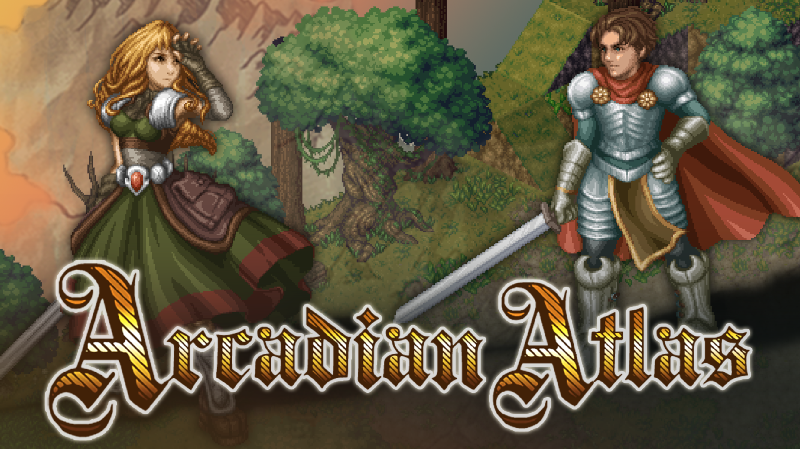
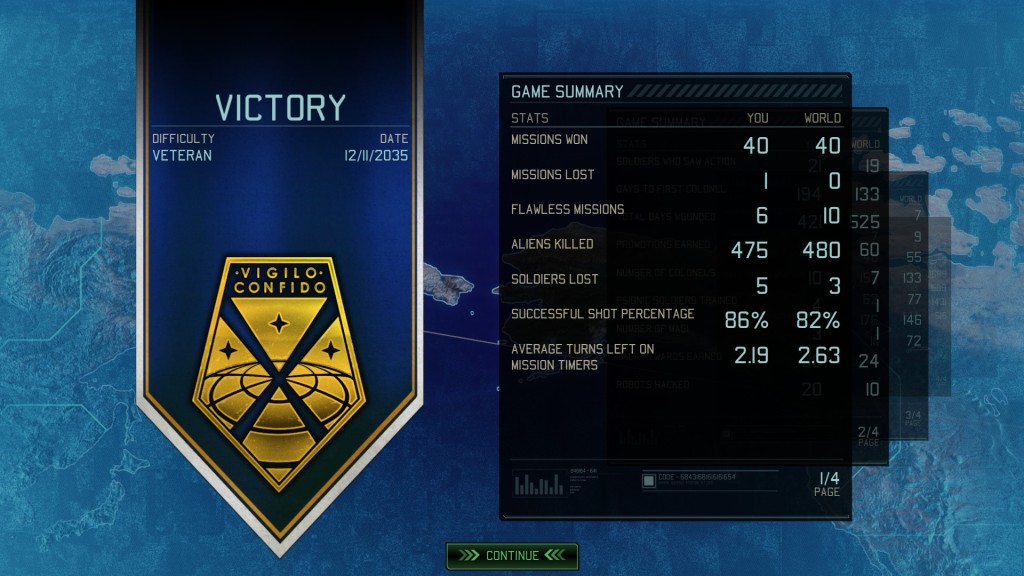
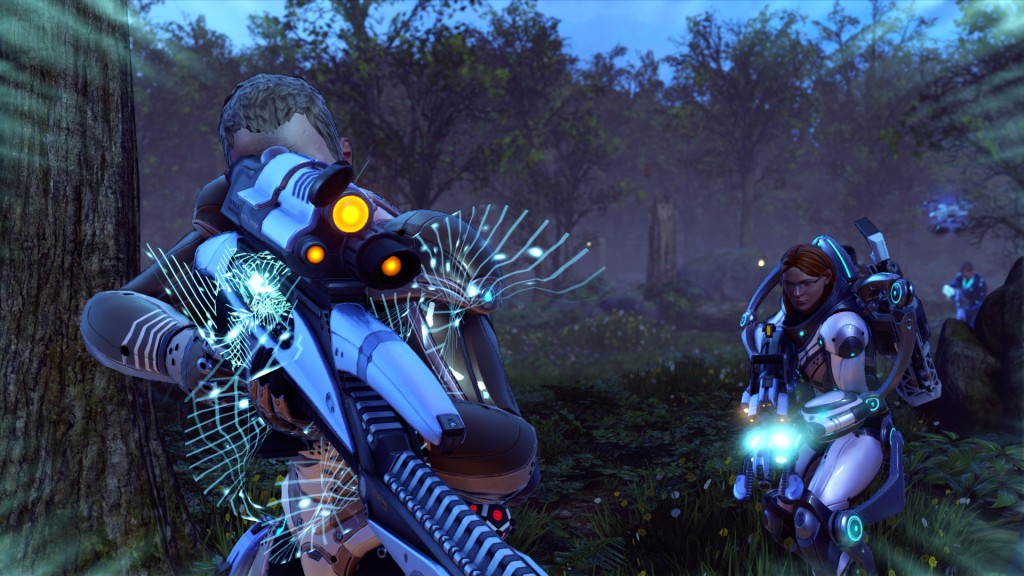
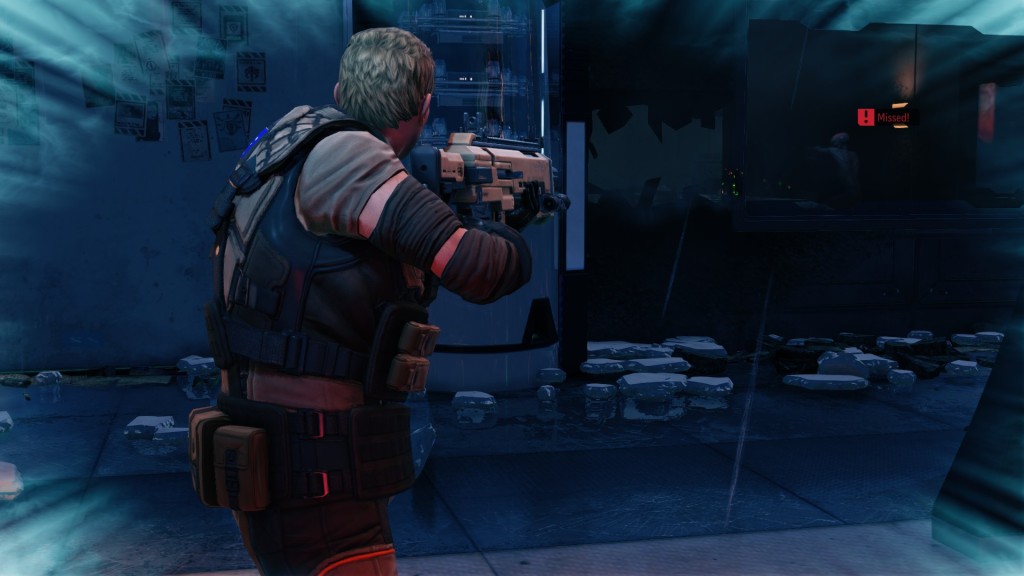
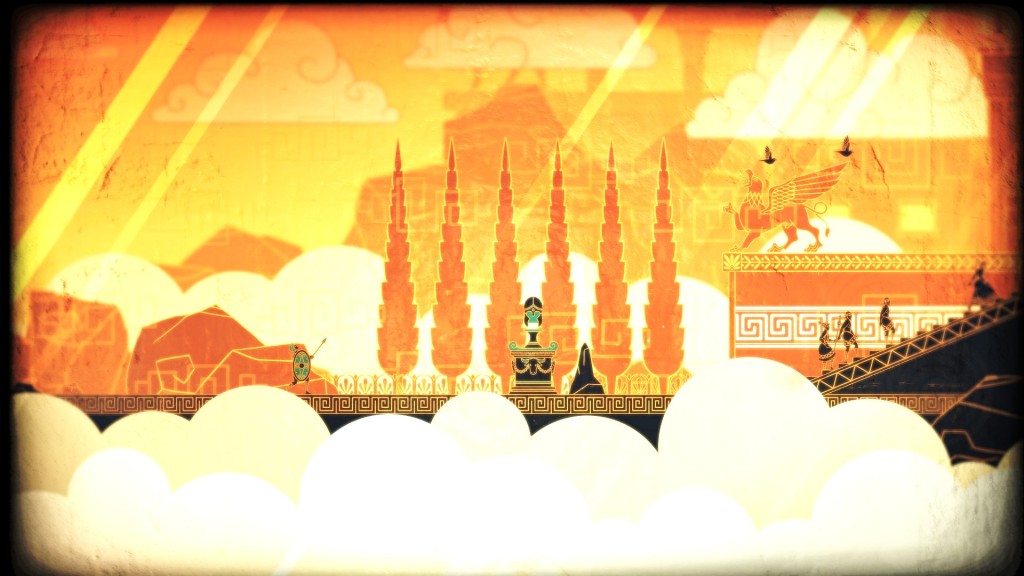
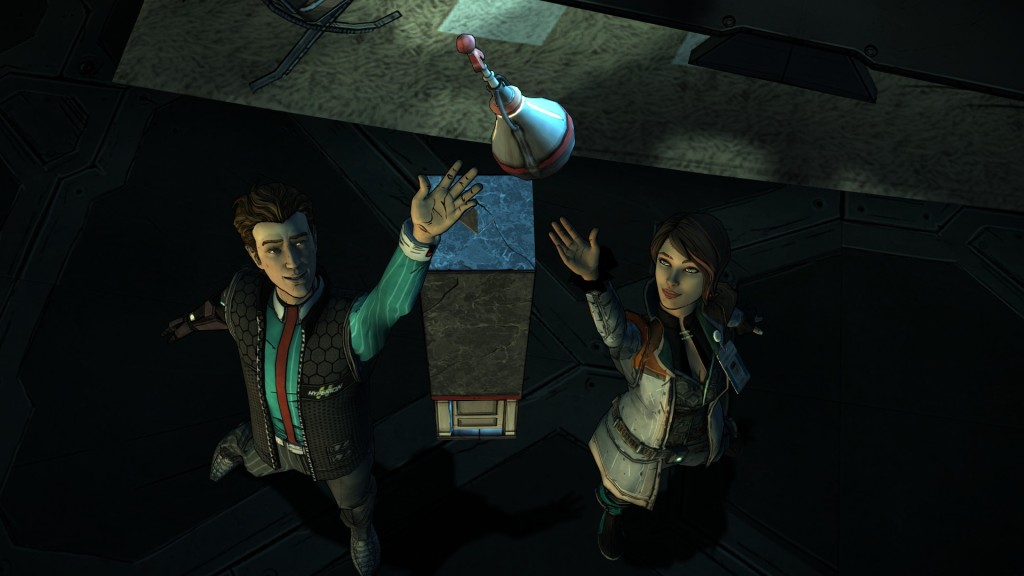
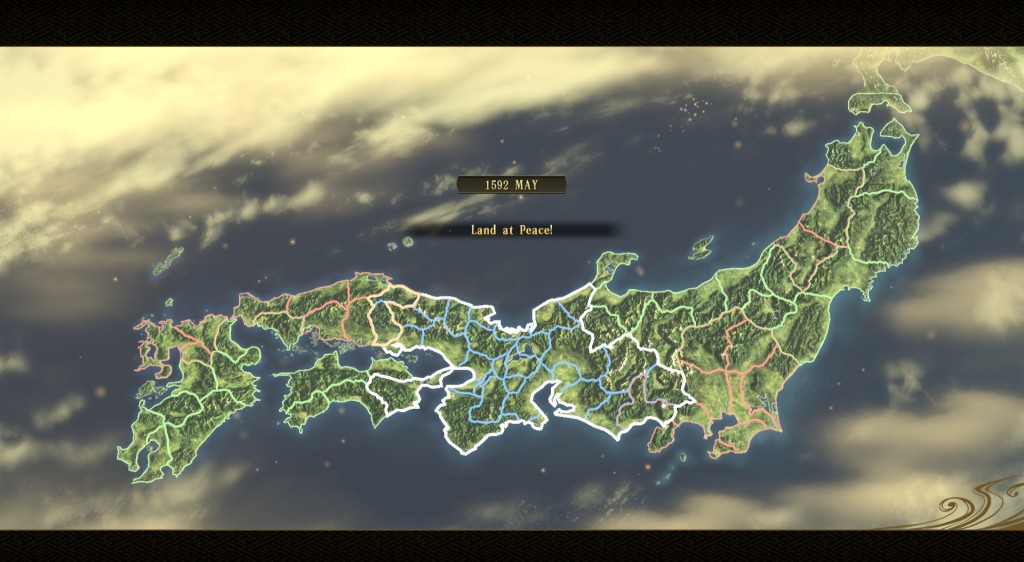
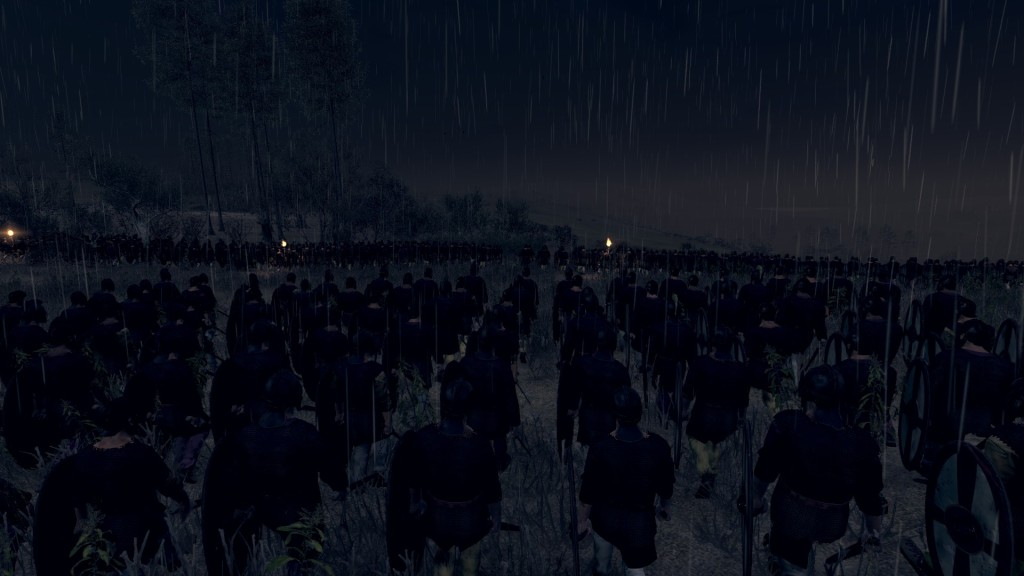
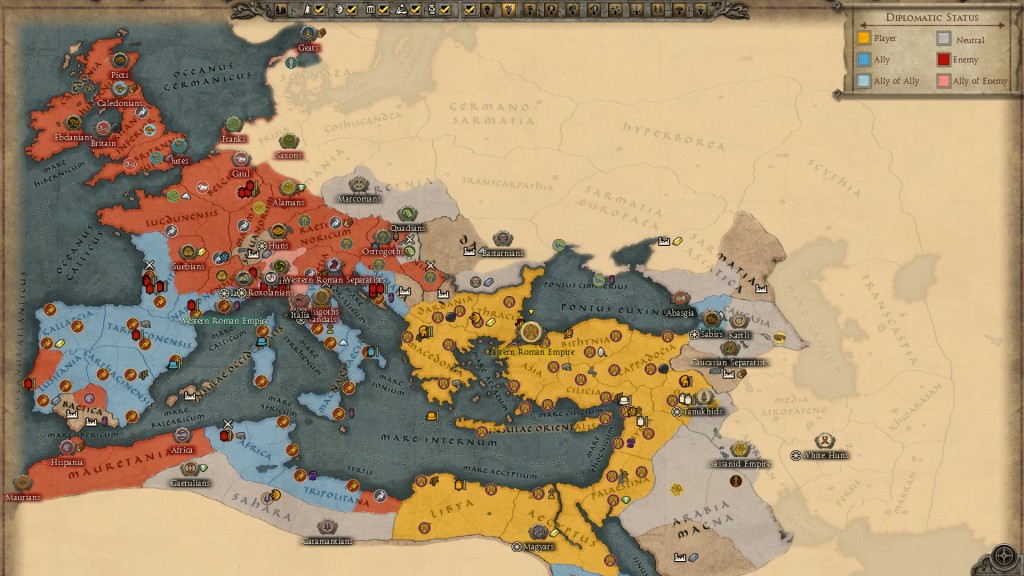
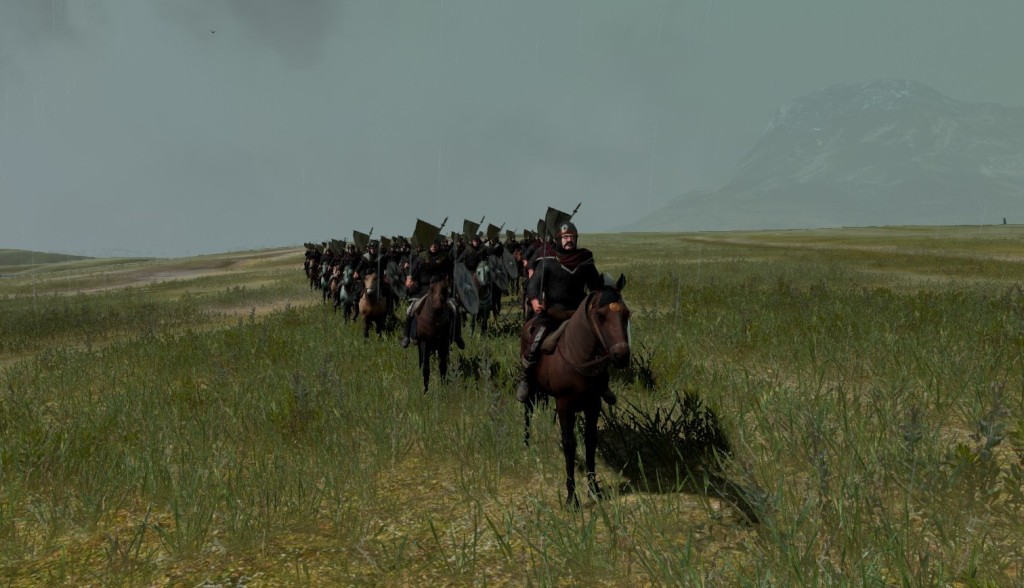

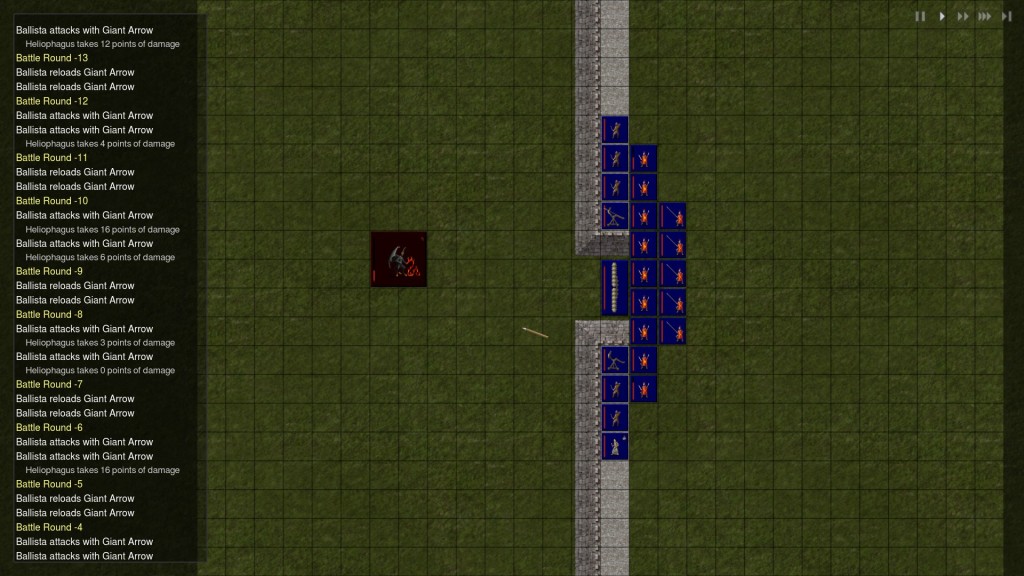
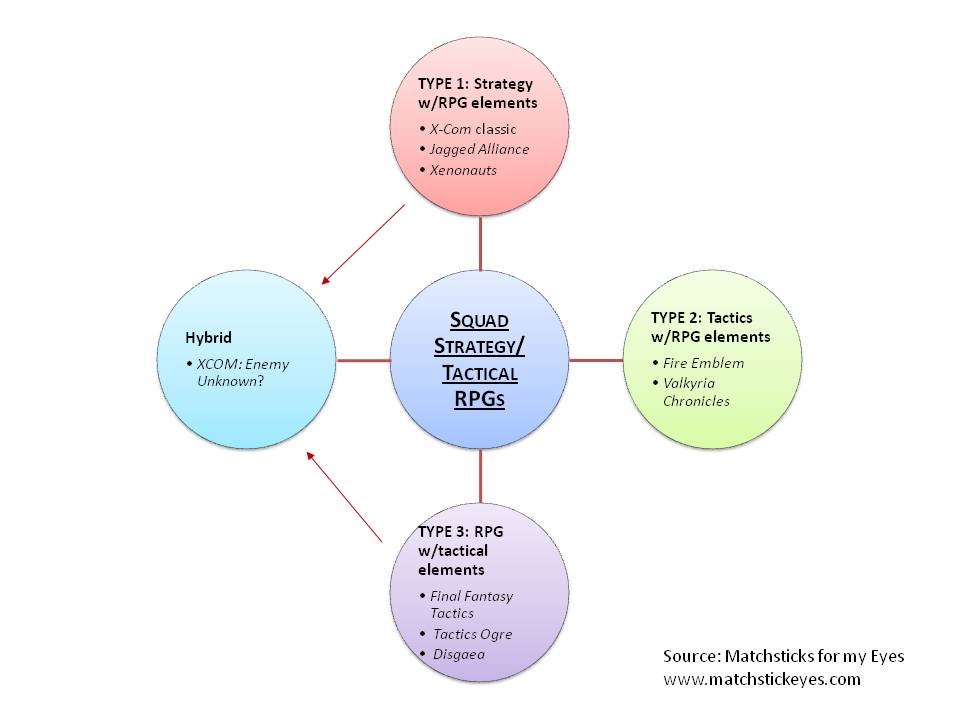
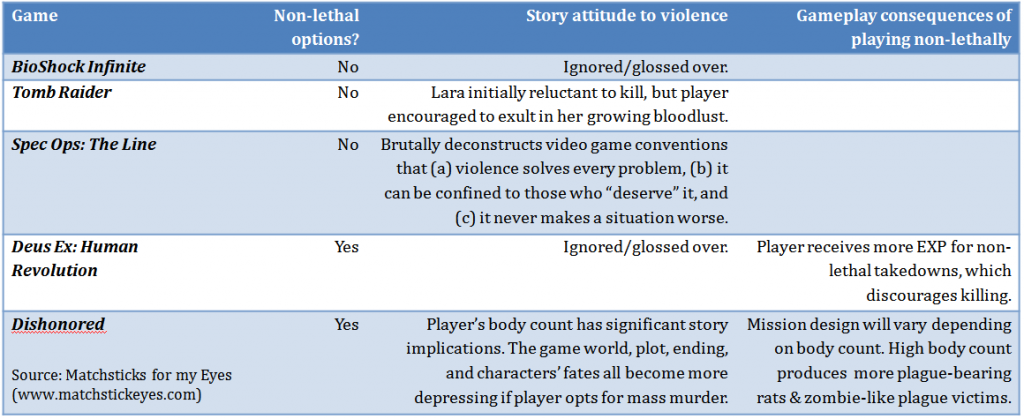 Read more here
Read more here